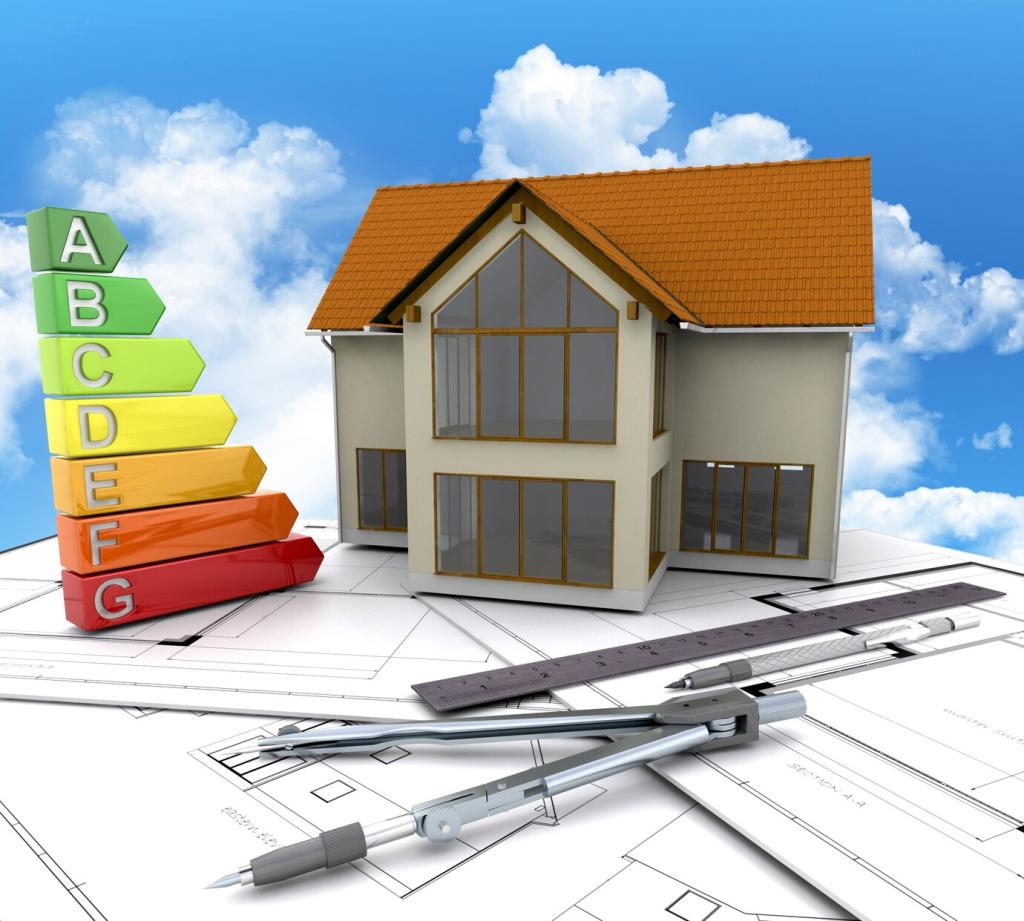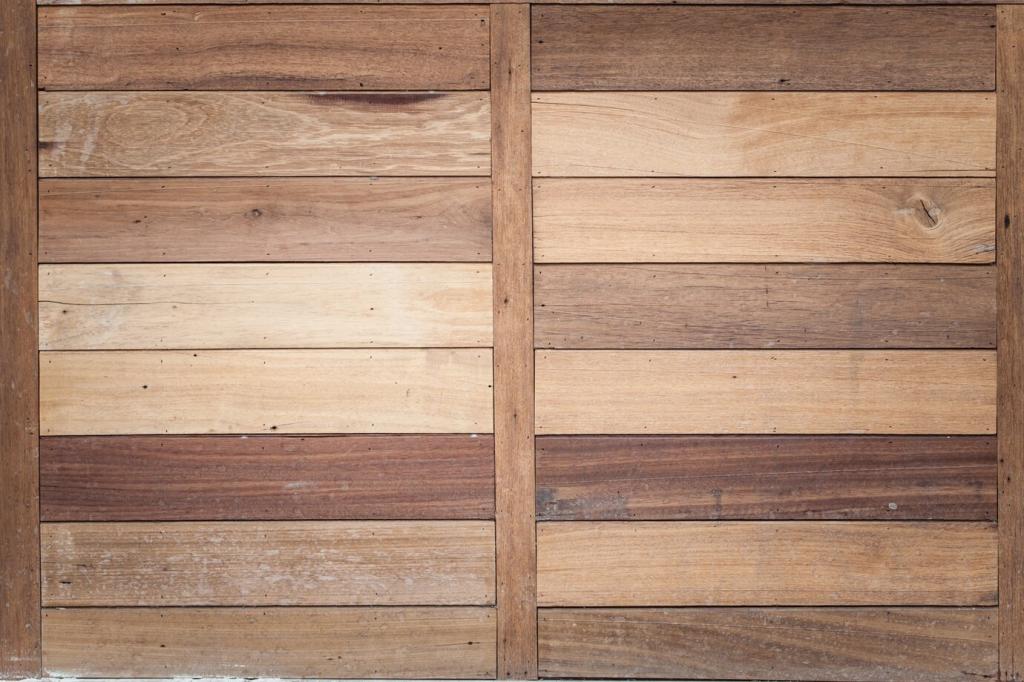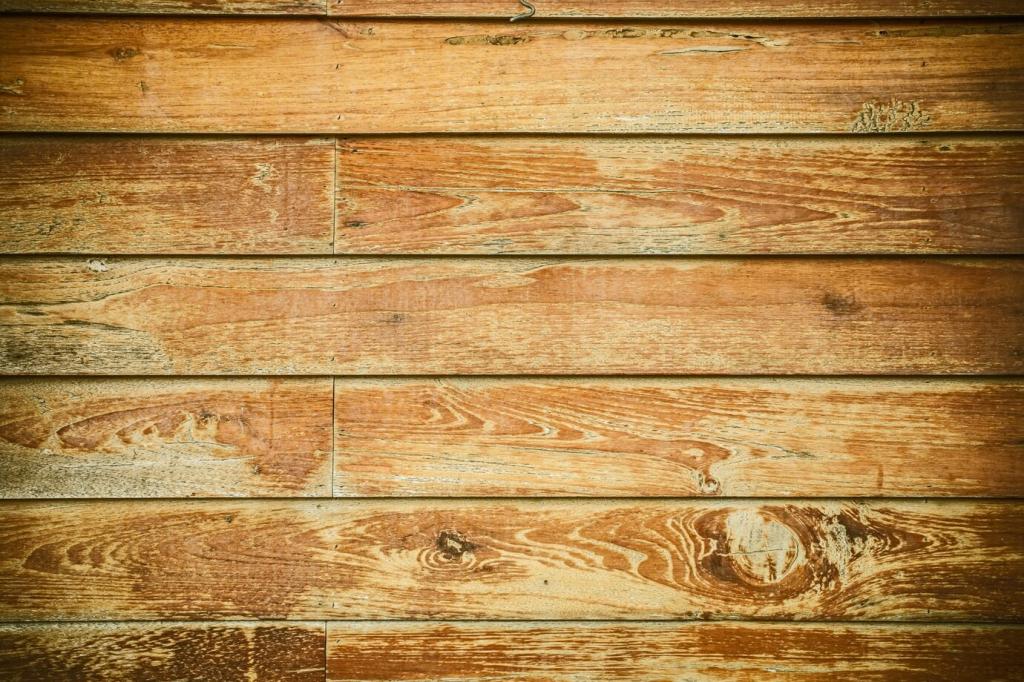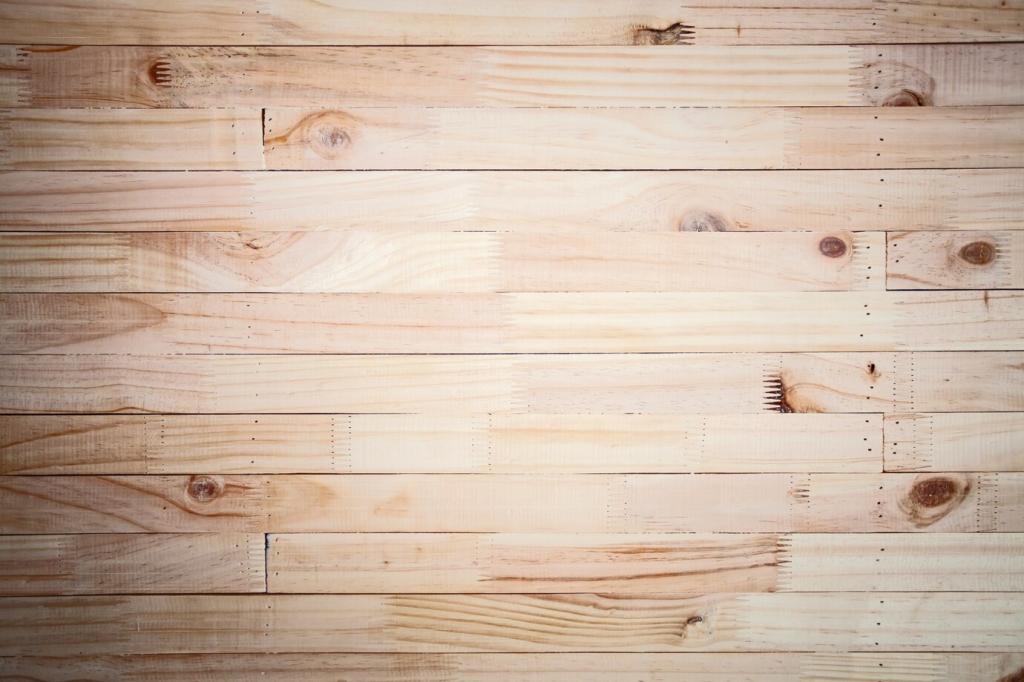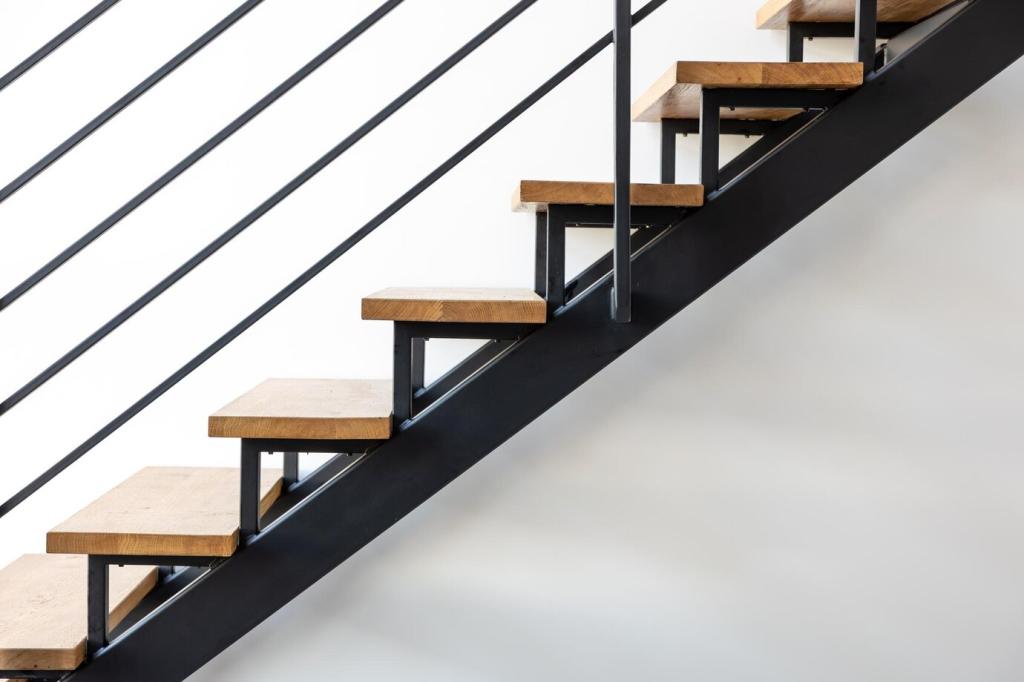Foundations of Sustainable Building Materials
Operational energy gets attention, but the carbon emitted to make materials can rival decades of heating and cooling. Concrete, steel, and insulation carry hidden footprints that smart material choices can dramatically cut from day one.
Foundations of Sustainable Building Materials
Sustainability spans extraction, manufacturing, transport, use, and end of life. Choose materials that are renewable, repairable, and recyclable, so today’s walls can become tomorrow’s resources rather than landfill burdens.


